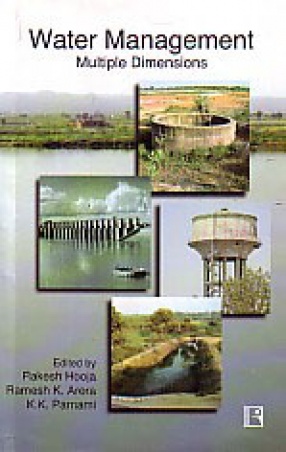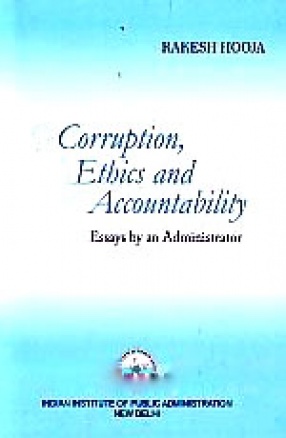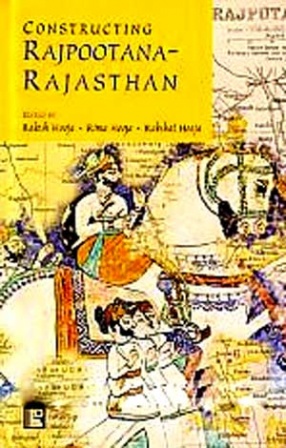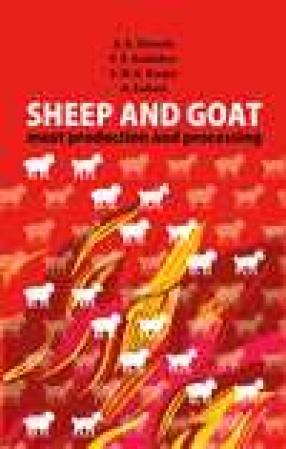Life in arid desert lands is a perpetual struggle where consequences of lack of proper resource management can be very grave. Each generation has to adapt to desert life. While modern science and technology has opened up new possibilities, the abandoning of traditional and time-tested practices and social organizations can be fraught with dangers. The articles of this volume, put under five broad sections–the human resource, land use and land-based activities, water utilization and desert irrigation, livestock and animal husbandry, and a footnote from history–look at how humans and the desert have interacted over the ages using traditional and community-based solutions and governmental interventions. Contributions from scholars and administrators provide a cross section of problems being faced in the arid and semi-arid environments and the solutions evolved in the past as well as being attempted today. While the case studies from the state of Rajasthan form the core of the volume, it is targeted at all those interested in resource management, development and sustainability in desert areas.

Desert, Drought and Development: Studies in Resource Management and Sustainability
In stock
Free & Quick Delivery Worldwide
reviews
Bibliographic information
Title
Desert, Drought and Development: Studies in Resource Management and Sustainability
Author
Edition
1st ed.
Publisher
ISBN
8170333585
Length
386p., Tables; Figures.
Subjects







There are no reviews yet.